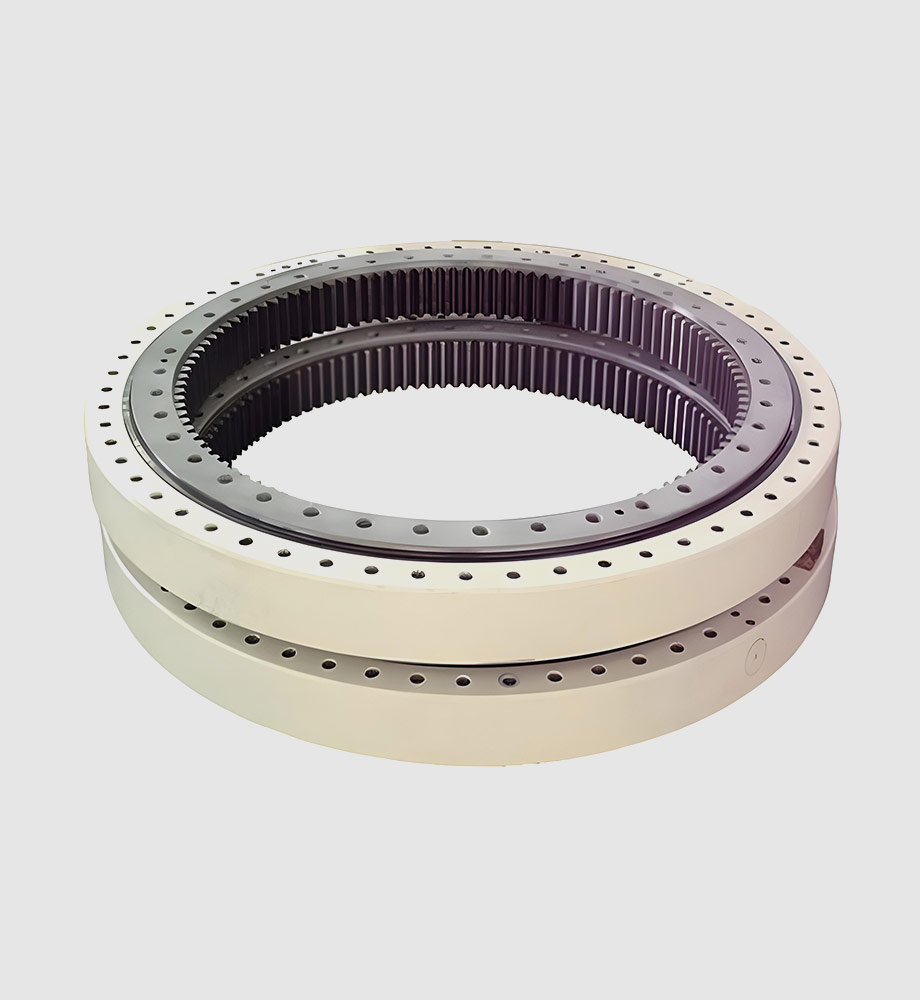Key Features
- Optimized Geometry: Available in custom I-beam or C-channel cross-sections for maximum bending stiffness.
- High Modulus Fibers: Use of E-glass, S-glass, or carbon fibers aligned along length yields high stiffness.
- Long Continuous Lengths: Pultrusion allows stiffeners as long as the blade (50–100 m), eliminating joint weaknesses.
- Corrosion/Water Resistance: No susceptibility to water ingress or freeze damage, even for offshore turbines.
Benefits
- Blade Integrity: Enhances out-of-plane stiffness, preventing skin buckling and extending blade life.
- Weight Savings: Composite stiffeners replace heavier metal components, reducing overall blade weight.
- Manufacturing Efficiency: Uniform profiles simplify bonding and reduce fabrication time relative to hand-laid parts.
- Damage Mitigation: Fiberglass stiffeners have better fracture toughness than metal, tolerating impact damage.
Applications
- Internal reinforcement ribs for glass or carbon wind turbine blades.
- Edge stiffeners for trailing or leading edges of blades.
- Tower or nacelle reinforcement in composite turbine structures.
Technical Specifications
- Material: Pultruded GRP or CFRP; can use basalt fiber for cost-effective high-temp resistance.
- Cross-Section: I-beams (flange + web) up to 300 mm deep or channels up to 150 mm wide, per blade design.
- Length: Typically manufactured in lengths of 6–12 m and joined or spliced on blade assembly.
- Mechanical: Tensile modulus up to 30–40 GPa (glass) or 100–200 GPa (carbon); tensile strength 600–2000 MPa.
Unique Selling Points (USPs)
- Blade-Specific Design: Profiles can be optimized for each blade model’s load distribution.
- Damage Control: In case of impact, composite stiffener may delaminate rather than puncture, offering warning.
- Ease of Integration: Consistent shape means automated drilling/bonding can be used on production lines.
- Quality Assurance: Pultruded process ensures each stiffener has uniform properties and tight tolerances.

